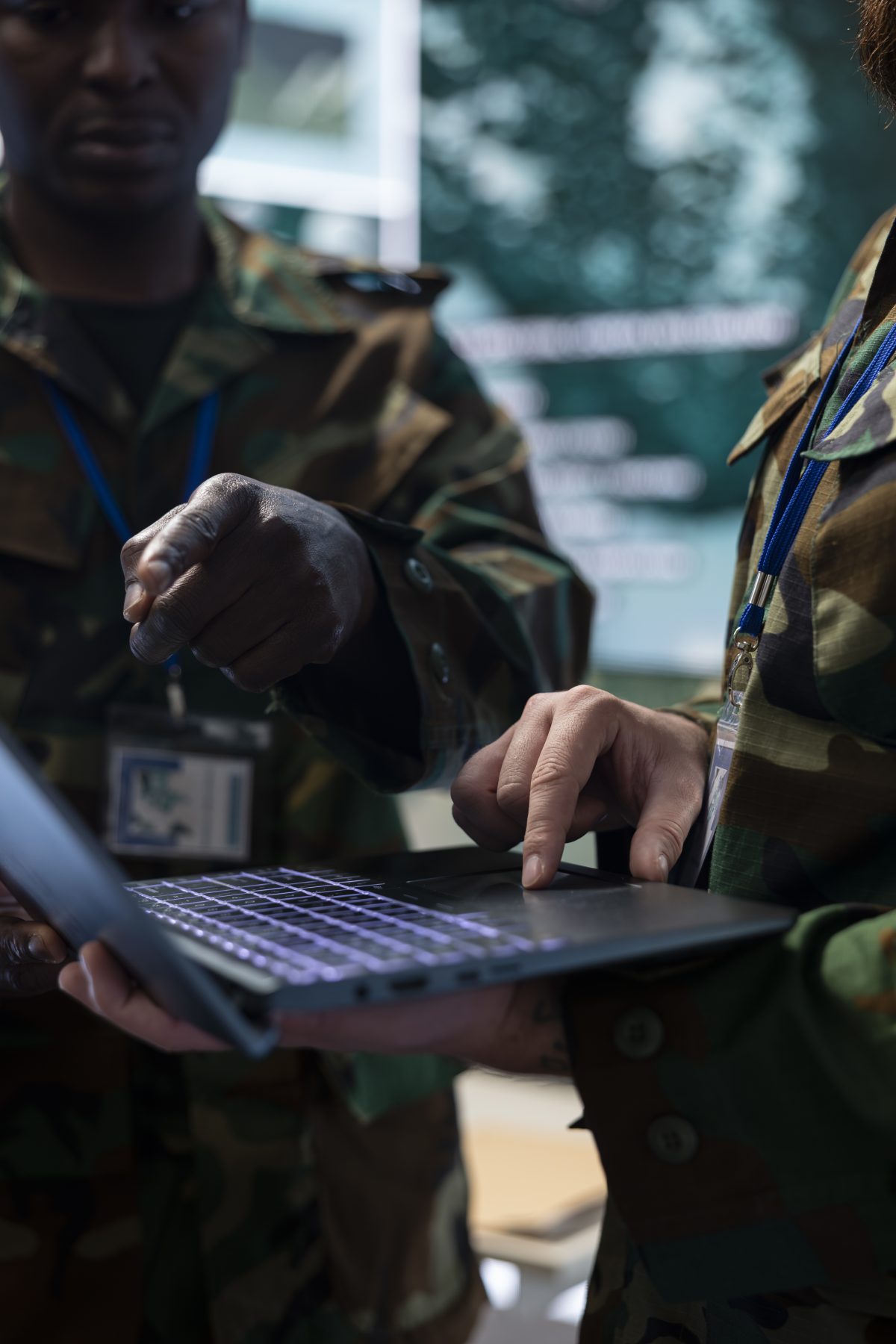Clear and effective communication is the key to success in almost any situation. However, tactical communication has an entirely different set of rules and components compared to everyday comms. There are variations and nuances that have to be taken into account to ensure that communication is effective and efficient. Here is everything to know about tactical communication.
What Is Tactical Communication?
Tactical communication is a specific style of communication that is used in high-stress, high-pressure situations. It’s used to convey critical information quickly and efficiently, minimizing the risk and possibility of a misunderstanding or miscommunication.
In most, if not all, tactical situations, lives are often at stake and efficient communication means the difference between success and failure. Through tactical communication, operators can quickly and accurately transmit information, which can help prevent mistakes and misinterpretations.
The History of Tactical Communication
Historically, tactical communication began with messengers carrying orders by foot or horseback and later evolved to include auditory signals like drums and trumpets, as well as visual cues like flags and smoke. These early methods were limited by range, visibility, and the simplicity of the messages they could convey.
The development of the radio at the end of the 19th century revolutionized battlefield communication, allowing real-time transmission of orders via Morse code and later, voice. The introduction of field telephones also played a key role.
As warfare advanced, so did encryption methods, particularly during World War I and II, ensuring secure communication. Today, sophisticated encryption and digital data transmission enable secure, rapid, and complex communication in the field, making tactical operations more coordinated and efficient than ever before.
Key Components of Tactical Communication
De-Escalation
De-escalation is the art of using calm, controlled language and non-verbal signals to reduce tension and prevent a situation from escalating into violence or chaos. This involves listening actively to those involved, showing empathy, and asking strategic questions to gather information while demonstrating understanding.
By acknowledging the emotions and concerns of others without judgment, a tactical communicator can diffuse aggression and guide the conversation toward a more peaceful resolution.
De-escalation is particularly important in high-stress environments, such as executive protection, law enforcement, or military operations, where controlling emotions can make the difference between success and failure.
Commanding Presence
Command presence refers to the ability to establish authority and maintain control in a tense or dynamic situation through confident speech, tone, and body language. A person with a strong command presence projects confidence without being confrontational.
This involves standing tall, speaking clearly, and using a calm but assertive tone that demands attention and compliance. A well-developed command presence can prevent situations from spiraling out of control simply by projecting calm authority and leadership, reassuring those involved that someone is in charge and capable of handling the situation.
Clear Instructions
In tactical communication, clarity is key. Giving concise, direct, and easy-to-understand commands in a firm but respectful manner ensures that those receiving the instructions can follow them without confusion.
Ambiguous or complicated orders can lead to miscommunication, especially in high-pressure moments where quick decisions are necessary. The ability to deliver clear, step-by-step instructions helps maintain control and ensures that individuals or teams act swiftly and correctly.
Clear instructions are also crucial for minimizing the margin for error when stakes are high, such as during an emergency or a critical security operation.
Non-Verbal Communication
Non-verbal communication plays a significant role in tactical operations. It involves using body language, eye contact, posture, and hand signals to reinforce verbal messages, display
confidence, or communicate silently with team members.
In situations where verbal communication might be difficult or unsafe—such as in covert operations or noisy environments—non-verbal cues become essential for conveying commands or status updates. Proper use of non-verbal communication can also help convey authority, express calmness, or signal readiness without the need for words, keeping the tactical flow smooth and coordinated.
Crisis Negotiation
Crisis negotiation involves engaging in dialogue to resolve high-stakes, often life-threatening, situations such as hostage standoffs, armed confrontations, or barricaded suspects. Effective negotiators rely heavily on tactical communication to lower tensions and seek a peaceful resolution.
This requires understanding the motivations of all parties involved, managing emotions, and using careful language to influence behavior. Crisis negotiation often requires negotiators to balance empathy with authority, patiently guiding the conversation while simultaneously steering it toward a resolution that minimizes harm.
Team Coordination
In any tactical operation, team coordination is essential for success. Tactical communication helps ensure that every team member is on the same page, using verbal and non-verbal methods to convey orders, share critical information, and synchronize actions.
Effective team coordination allows for quick decision-making, seamless transitions between operational phases, and immediate responses to changing conditions on the ground. Clear and concise communication among team members ensures that operations run smoothly and reduces the risk of mistakes that could jeopardize the mission or the safety of those involved.
Tactical Communication at EPI
Protection Communication (PCT) is a reality-based system designed to give professionals an advantage during verbal encounters. It empowers them to resolve conflicts safely and maintain control in challenging situations.
As a fundamental part of Executive Protection, PCT serves as the first line of defense against potential physical confrontations. It is also an essential tool for interacting effectively with protectees, their families, staff, and anyone in their entourage.
The Executive Protection Institute (EPI) presents this 2-hour workshop, focused on enhancing communication skills through proven methods, verbal tactics, and techniques. Participants will learn how to manage dynamic, stressful, and potentially dangerous situations with confidence and control.
Understanding that how we communicate often has a more profound impact than the words we use, the workshop explores how factors like tone, posture, and gestures reveal true intentions.
Participants will also learn how Situational Awareness plays a key role in communication, particularly in terms of perception, interpretation, and response. Failure in any of these areas can lead to negative outcomes. While prevention is the ultimate goal, protectors must also be prepared to intervene and negotiate effectively in hostile encounters.
Reshape your reality through the power of words and presence.
*Discounts are available for NLA members, groups of 3+, and current/former military, law enforcement, firefighters, and first responders (verification required)


